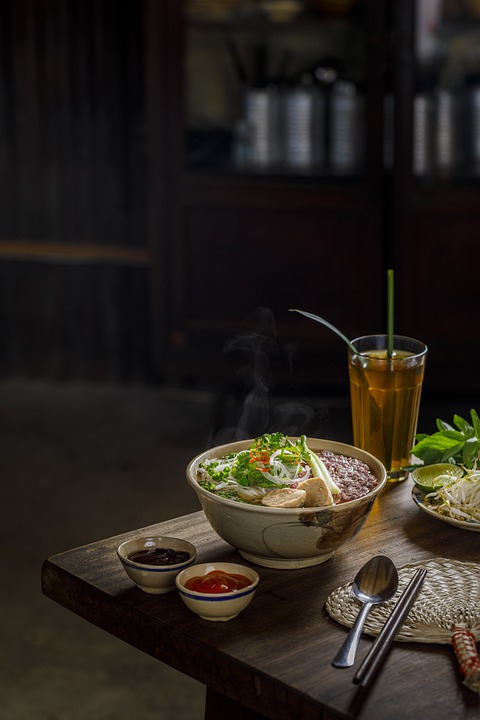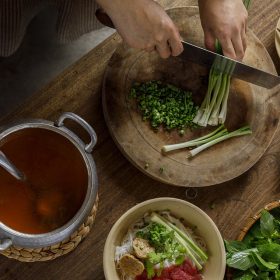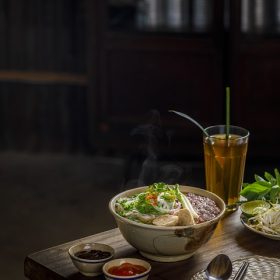Introduction
Pho is a popular Vietnamese noodle soup that consists of broth, rice noodles, and various toppings such as meat, herbs, and vegetables. It is a beloved dish enjoyed by many around the world. However, like any other food, there is a possibility of getting food poisoning from consuming pho. In this article, we will explore the potential causes of food poisoning from pho and how to minimize the risks.
Causes of Food Poisoning
Food poisoning can occur when harmful bacteria, viruses, parasites, or toxins contaminate the food we consume. In the case of pho, the main culprits for food poisoning are typically related to improper handling and preparation of ingredients.
1. Contaminated Meat or Poultry
If the meat or poultry used in pho is not handled or cooked properly, it can lead to foodborne illnesses. Raw or undercooked meat, particularly chicken or beef, may contain harmful bacteria such as Salmonella or E. coli.
2. Contaminated Vegetables and Herbs
Vegetables and herbs used as toppings in pho can also be a source of food poisoning. If these ingredients are not washed thoroughly or come into contact with contaminated surfaces, they can harbor bacteria or parasites that may cause illness.
3. Cross-Contamination
Cross-contamination can occur when utensils, cutting boards, or surfaces used for raw meat or poultry come into contact with other ingredients without proper cleaning. This can result in the transfer of harmful bacteria to the pho, leading to food poisoning.
Preventing Food Poisoning
While the risk of food poisoning from pho is relatively low, there are steps you can take to minimize the chances of falling ill:
1. Choose a Reputable Restaurant
Opt for a reputable restaurant with good hygiene practices. Look for establishments with high ratings and positive reviews to ensure that they prioritize food safety.
2. Ensure Proper Meat Handling
Make sure the meat used in pho is cooked thoroughly. It should reach the appropriate internal temperature to kill any harmful bacteria. Avoid consuming rare or undercooked meat.
3. Wash Vegetables and Herbs
Before adding vegetables and herbs to your pho, wash them thoroughly under running water. This helps to remove any dirt, bacteria, or pesticides that may be present.
4. Avoid Cross-Contamination
Ensure that utensils, cutting boards, and surfaces used for raw meat or poultry are thoroughly cleaned before using them for other ingredients. This prevents the transfer of bacteria.
Conclusion
While it is possible to get food poisoning from pho, the risk can be significantly reduced by following proper food safety practices. By choosing a reputable restaurant, ensuring proper handling and cooking of ingredients, and practicing good hygiene, you can continue to enjoy this flavorful dish without worries. Remember, food safety is essential for your well-being, regardless of the cuisine you indulge in.

Cuong Nguyen is a talented writer and experienced waitress at Vietnampalace.net, a renowned Vietnamese restaurant that offers an extensive menu of authentic Vietnamese cuisine. With a background in the competition of Vietnamese cuisine, Cuong brings a wealth of knowledge and expertise to the dining experience. From delicious pho dishes to fresh spring rolls, Cuong ensures that every meal is made with the freshest ingredients and authentic flavors.With exceptional service and a friendly atmosphere, Cuong takes pride in providing a memorable dining experience for every customer.
Whether you’re a vegetarian looking for options or a meat lover craving the flavors of traditional Vietnamese dishes, Cuong guarantees a delightful culinary adventure. So, visit Vietnampalace.net and let Cuong guide you through the tantalizing world of Vietnamese cuisine.



